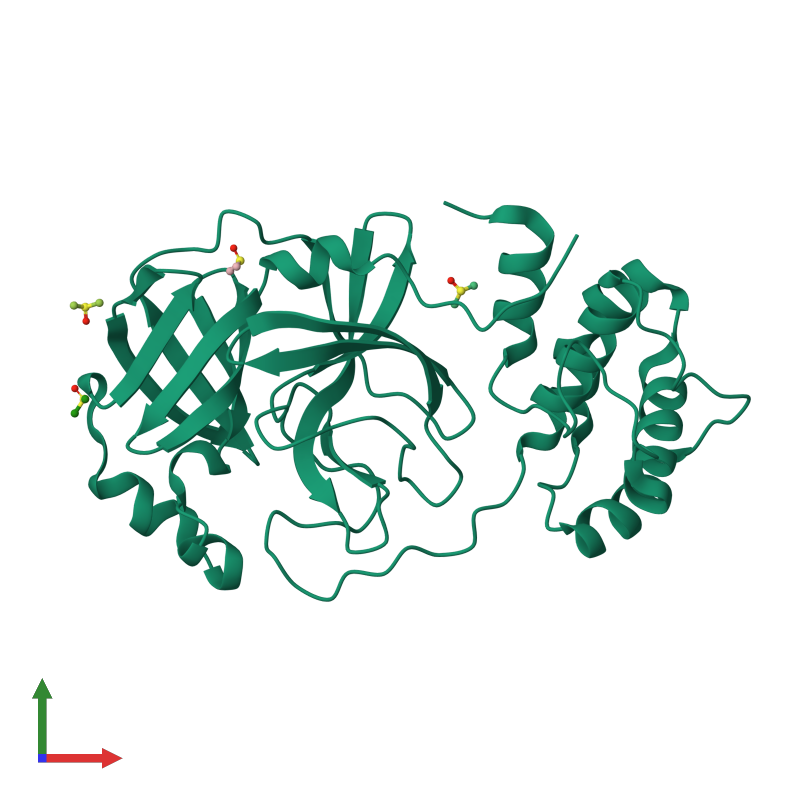DNS API: sed vs jq
Our forthcoming new DNS API seeks to make automating common DNS management tasks as simple as possible. It supports both JSON and “zone file format” for inputs and outputs, which opens up some interesting options for making bulk updates to a DNS zone.
Bulk TTL change
Suppose we want to drop the TTL on all of our zone’s MX records. We could get the records in zone file format and edit them using sed:
curl -n -H 'Accept: text/dns' https://api.mythic-beasts.com/dns/zones/example.com/records/@/MX \
| sed -E 's/^([^ ]+) +([0-9]+)/\1 60/' \
| curl -n -H 'Content-Type: text/dns' -X PUT --data-binary @- https://api.mythic-beasts.com/dns/zones/example.com/records/@/MX
Alternatively, we could get the zone in JSON format and modify it using the awesome command line JSON-wrangler, jq:
curl -n -H 'Accept: application/json' https://api.mythic-beasts.com/dns/zones/example.com/records/@/MX \
| jq '.records[].ttl = 60' \
| curl -n -H 'Content-Type: application/json' -X PUT --data-binary @- https://api.mythic-beasts.com/dns/zones/example.com/records/@/MX
How does this work?
The most common response to seeing the second example is “cool, I didn’t know you could do that with jq!”. So what’s going on here?
The first line gets us the the MX records for example.com (the “@” means fetch records for the bare domain). This gives us some JSON that looks like this:
{
"records": [
{
"data": "mx1.mythic-beasts.com.",
"host": "@",
"mx_priority": 10,
"ttl": 300,
"type": "MX"
},
{
"data": "mx2.mythic-beasts.com.",
"host": "@",
"mx_priority": 10,
"ttl": 300,
"type": "MX"
}
]
}
The next line modifies this JSON. jq allows you to select values within the JSON. .records selects the “records” property of the response. [] gets us all of the members of the array, and .ttl selects the “ttl” property of each one. On its own, this would extract the values from the JSON, and give us “300 300”, but jq also allows us to modify the property by assigning to it. This gives us the following JSON:
{
"records": [
{
"data": "mx1.mythic-beasts.com.",
"host": "@",
"mx_priority": 10,
"ttl": 60,
"type": "MX"
},
{
"data": "mx2.mythic-beasts.com.",
"host": "@",
"mx_priority": 10,
"ttl": 60,
"type": "MX"
}
]
}
We can now pipe this into a PUT request back to the same URL. This will replace all of the records that the first request selected with our new records.
The first approach works in a very similar way, except rather than working on a block of JSON with jq, we use sed to modify the following zone file formatted text:
@ 300 MX 10 mx1.mythic-beasts.com.
@ 300 MX 10 mx2.mythic-beasts.com.
Choose your weapon
We think that the JSON based approach is neater, but let us know what you think on our Twitter poll. We’d also be interested to hear of specific DNS management operations that you’d like to automate, so that we can see how they’d be tackled in our new API.










